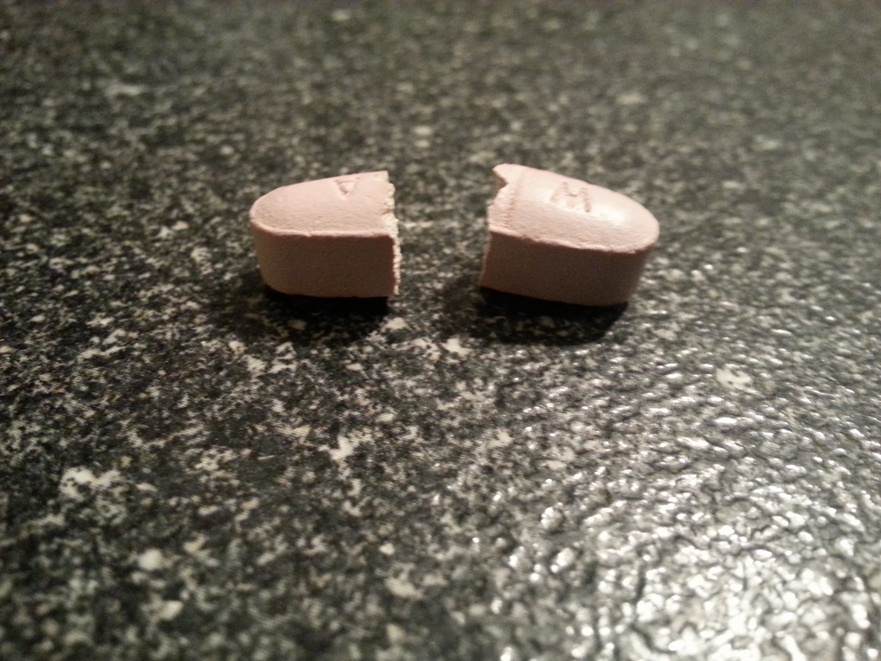Feeding the Maintenance Horse

I am fortunate in my job to speak with horse owners face-to-face on a frequent basis. During these conversations, I enjoy hearing about the horses they own and how great their horse’s look and perform.
Occasionally, I will hear someone mention that their horse looks great on hay alone and they only feed a ‘handful’ of grain in the morning and night, just for the vitamins and minerals.
I delicately point out that the analogous human activity would be chopping your daily vitamin into pieces and taking a fraction of one a day. This is an opportunity to discuss feeding rate, calorie requirements, muscle and hair coat quality, and making sure owners have selected the right feed for their horse.
In many of these instances, the horse in question is an adult in good body condition, on a good quality forage and light work load; in other words, a horse at maintenance activity level. Even though this horse may be able to keep a good body condition score, without balanced nutrition, they will exhibit less-than-ideal muscling, hair coat and hoof quality.
A well-intentioned owner of this kind of horse might feel they need to provide some form of nutrition supplementation to their hay, as they should, but may not fully understand what is needed or the appropriate quantities. Feed, being as complicated as it can be, is often misinterpreted and either under or over fed. Here’s where we can help!
If a maintenance horse is in good or better-than-good body condition (a 6+) from their hay or pasture alone, they really don’t need more calories in the diet. But they do need something to fill in the gaps that the hay or pasture is not providing. These include vitamins, minerals and quality proteins (amino acids) their body needs for normal tissue repair, hair growth and muscle maintenance.
For this horse, a ration balancer is the ideal solution. A ration balancer (sometimes called diet balancer) is a concentrated form of feed without the energy provided by fats, fibers, starch and sugar of a regular feed. Ration balancers tend to have higher guaranteed levels of nutrients, but significantly lower feeding rates. Don’t panic! A protein level of 30% with a feeding rate of 2 pounds per day means your horse gets 0.6 pounds of protein. Compare that to feeding 6 pounds of a 14% regular feed = 0.84 pounds of protein per day. When you do the math, it’s really in line with a “normal” diet.
If this same horse would be slightly below ideal body condition, a feed designed to be fed to maintenance horses would be appropriate for calories and the balance of other nutrients. Be sure to follow the feeding rates and keep a close eye on how your horse responds to the feed, as you may need to adjust within the feeding rate guidelines.
When it comes to calorie management of the maintenance-level activity horse, remember to watch out for those treats, too. Calorie levels can vary widely so all the work you’re doing to manage intake with the feed scoop can easily be washed away with an indulgence in treats!
Feeding a horse at a maintenance activity level doesn’t have to be complicated. With a few pieces of information and the right feed, your horse can look and feel their best, even if they aren’t heading for the show pen.
